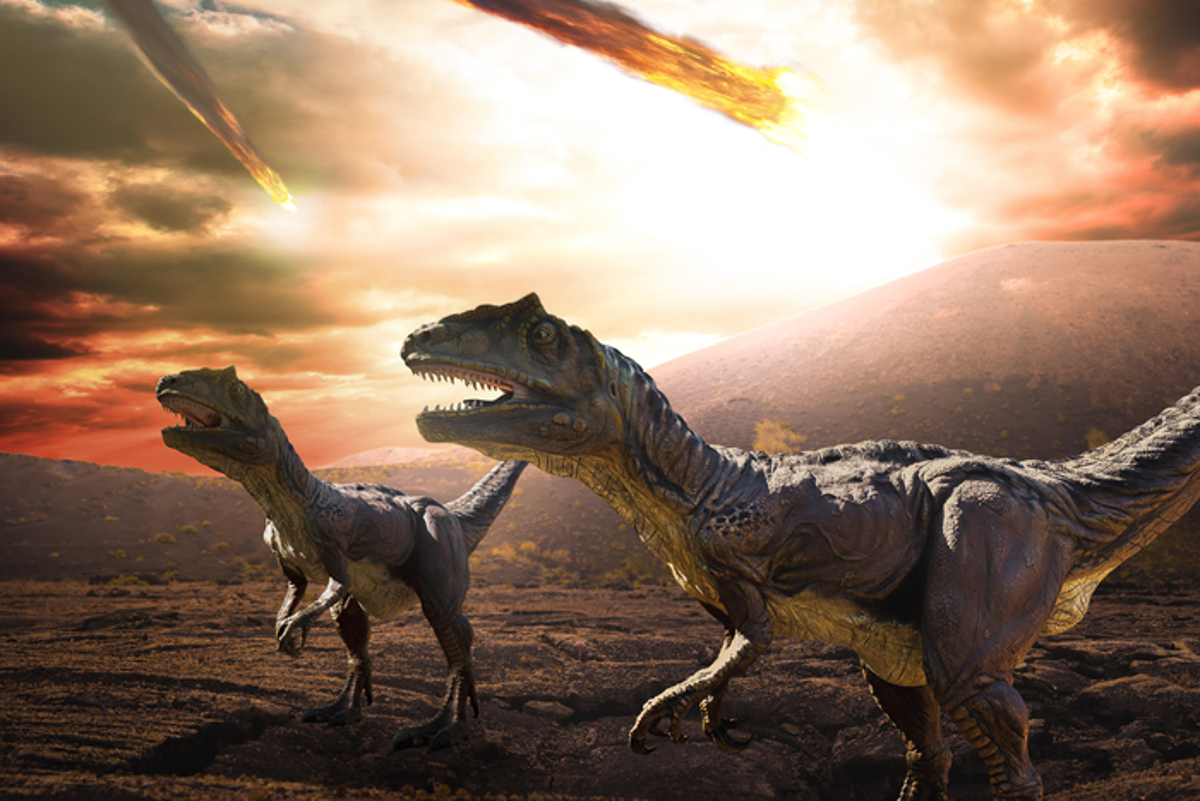
Dinosaurs were already in decline before the large asteroid that hit Earth 66 million years ago contributed to their extinction, according to a new study.
The research, published in the journal PNAS on Monday, assessed 1,000 fossilised dinosaur eggs and eggshells from the Shanyang Basin in central China, and found that dinosaurs were not very diverse before their extinction during the last part of the Cretaceous era about 100-66 million years ago (mya).
In the study, scientists, including those from the Chinese Academy of Sciences created a timeline of about 2 million years at the end of the Cretaceous era – the period right before the extinction of dinosaurs.
They found a decline in dinosaur diversity based on the Shanyang Basin data.
Citing an example, researchers say the 1,000 dinosaur egg fossils collected from the basin represent only three different dinosaur species: Macroolithus yaotunensis, Elongatoolithus elongatus, and Stromatoolithus pinglingensis.
Two of the three dinosaur egg species are from a group of toothless dinosaurs known as oviraptors, while the other is from the plant-eating hadrosaurid group, the study found.
Tyrannosaurs and sauropods also likely lived in the area between about 66.4 and 68.2 million years ago, scientists say.
Based on the analysis, researchers say there was a low diversity of dinosaur species in central China for the last 2 million years before the mass extinction.
The findings, according to the scientists, suggest that dinosaurs were in decline globally before the Cretaceous/Paleogene extinction event that wiped them out.
“Our results demonstrate low dinosaur biodiversity during the last 2 million y of the Cretaceous, and those data indicate a decline in dinosaur biodiversity millions of years before the Cretaceous/Paleogene boundary,” scientists wrote in the study.
Researchers speculate that factors like global climate fluctuations as well as massive volcanic eruptions such as from the Deccan Traps in India may have already led to long-term decline in dinosaur diversity through the end of the Cretaceous Period and sustained low number of dinosaur lineages for the last few million years.
These factors, they suspect, led to ecosystem-wide instability and primed the surviving species to mass extinction linked to the asteroid impact.
“The end-Cretaceous catastrophic events, such as the Deccan Traps and bolide impact, probably acted on an already vulnerable ecosystem and led to nonavian dinosaur extinction,” scientists noted.







